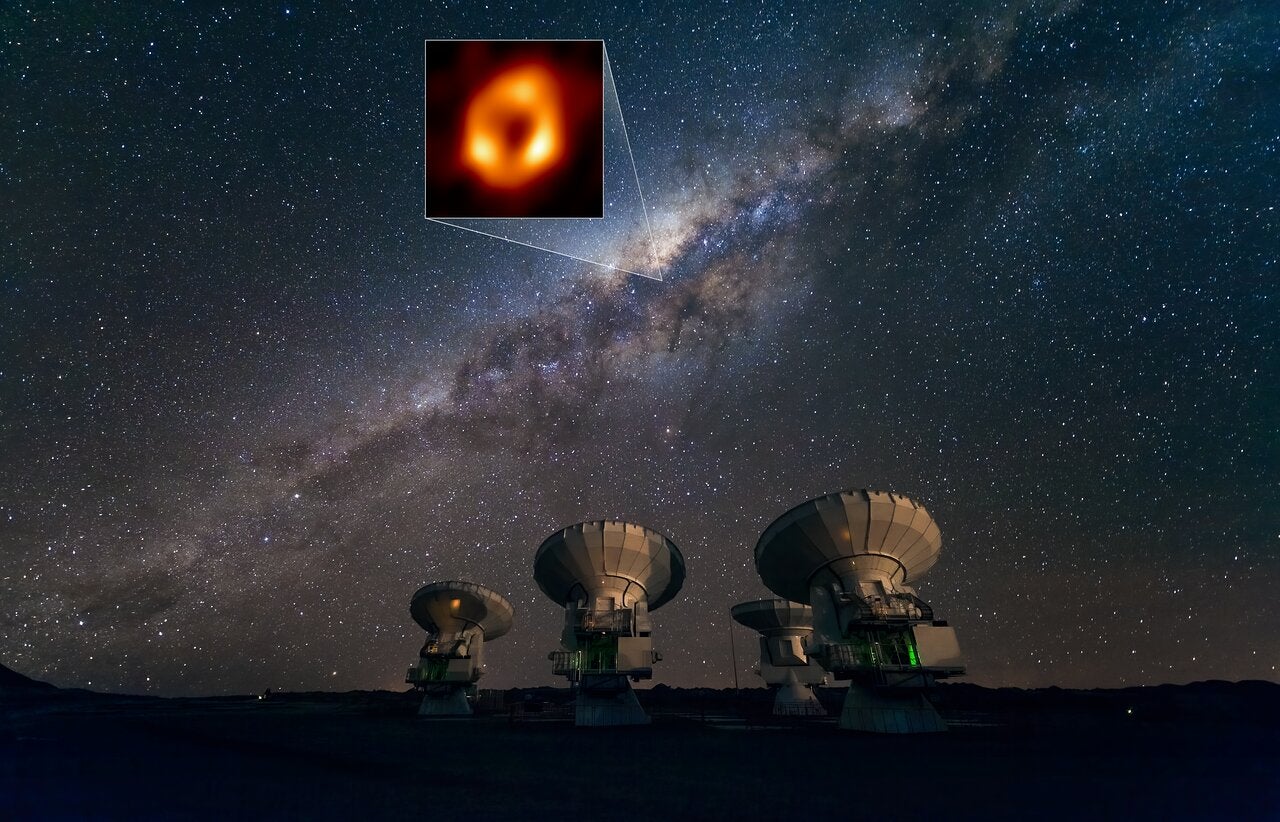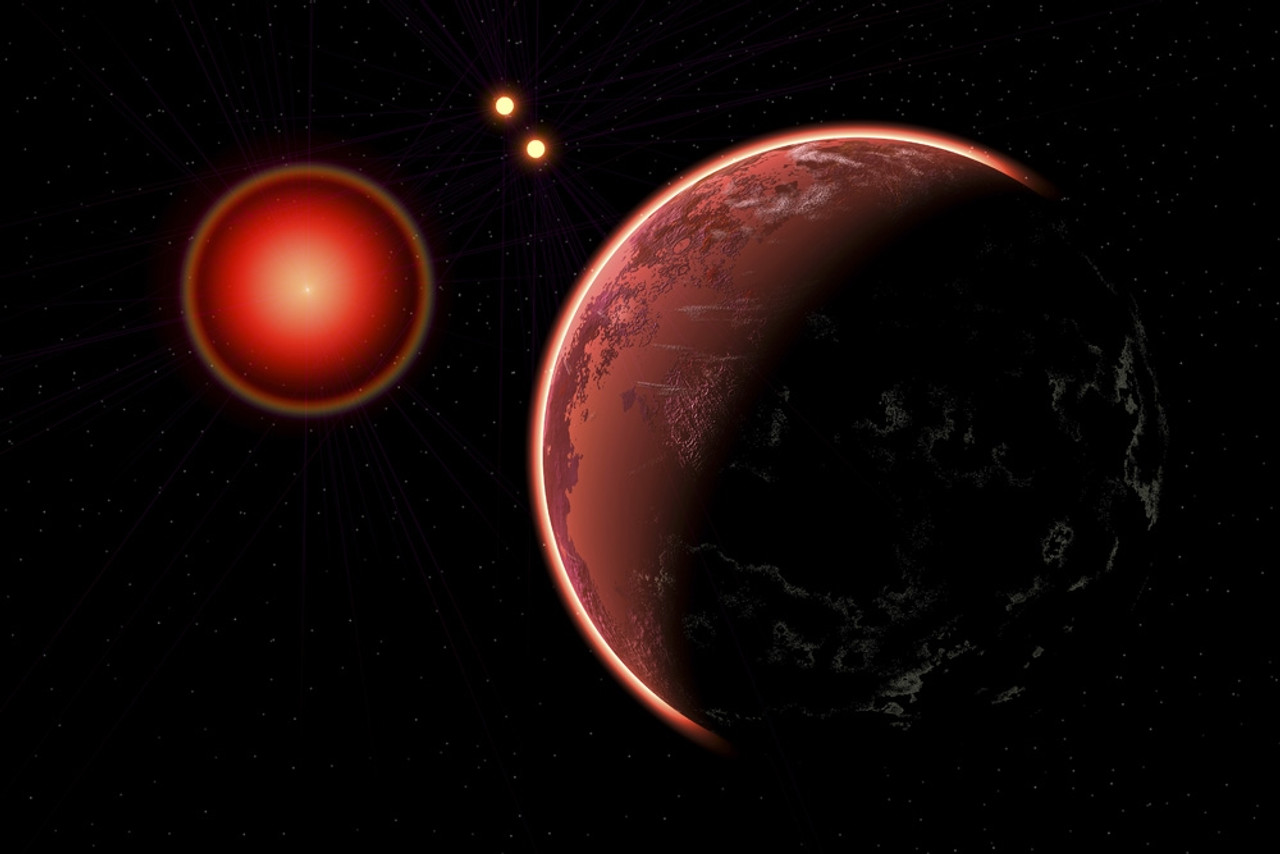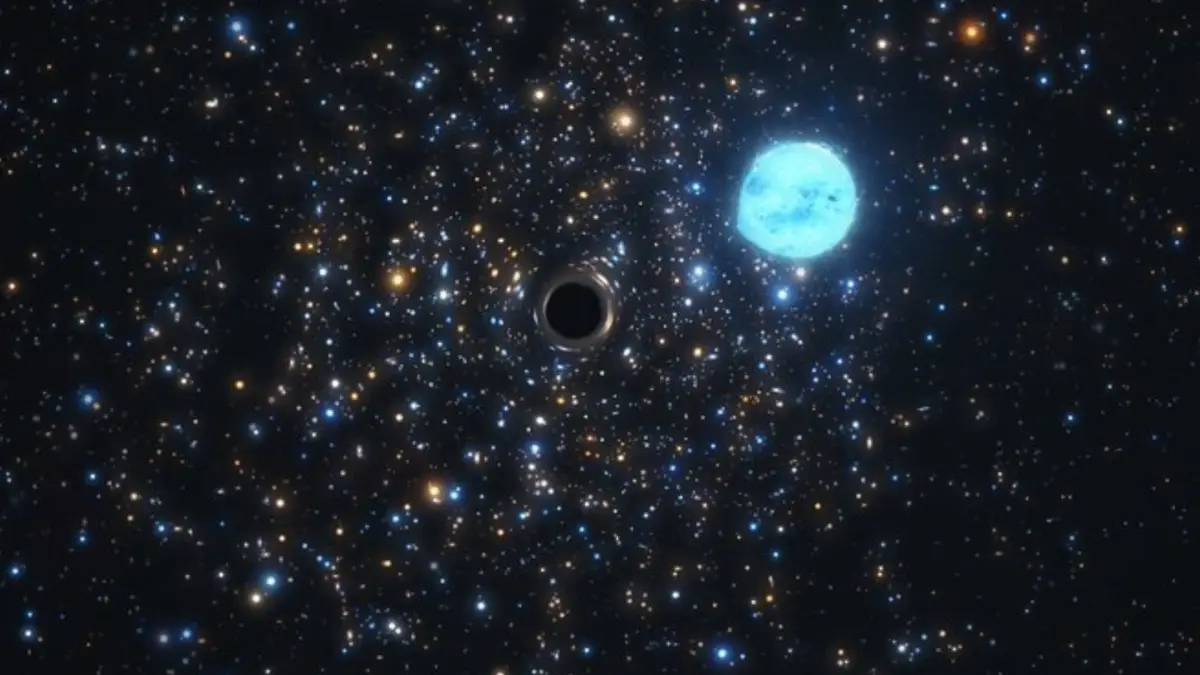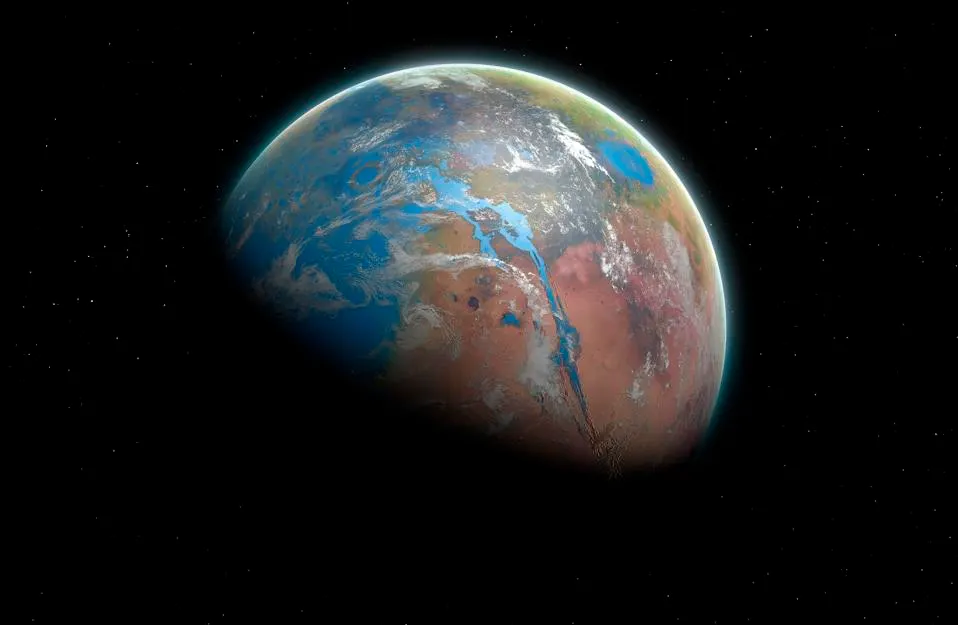Sagittarius A* may have collided with another black hole 9 billion years ago, altering its spin.
Key Takeaways:
- The Milky Way’s supermassive black hole, Sagittarius A*, is spinning rapidly and misaligned with the galaxy.
- Scientists now believe this unusual spin resulted from a massive black hole merger billions of years ago.
- Data from the Event Horizon Telescope suggests Sagittarius A* collided with another black hole around 9 billion years ago.
- This discovery supports the theory that supermassive black holes grow by merging with others over time.
- Future space-based gravitational wave detectors like LISA, launching in 2035, could confirm more of these cosmic mergers.
_________
Astronomers have uncovered new evidence suggesting that the Milky Way’s supermassive black hole, Sagittarius A* (Sgr A*), may have formed through a violent merger with another black hole billions of years ago. The findings, published on Sept. 6 in Nature Astronomy, help explain why the black hole is spinning incredibly fast and misaligned with the galaxy’s rotation.
A Collision That Shaped the Milky Way
Located 26,000 light-years from Earth, Sagittarius A* is an enormous black hole weighing 4 million times the mass of the Sun and stretching 14.6 million miles (23.5 million kilometers) wide. Scientists have long been puzzled by its rapid spin and unusual tilt relative to the Milky Way’s disk. Now, researchers using data from the Event Horizon Telescope, which captured the first image of Sgr A* in 2022, believe they have an answer.
Simulating different scenarios, the team found that the best explanation for the black hole’s strange orientation is that it merged with another supermassive black hole roughly 9 billion years ago. This timing aligns with the Milky Way’s merger with the Gaia-Enceladus galaxy, suggesting that the galactic collision may have brought another black hole close enough for Sgr A* to absorb it.
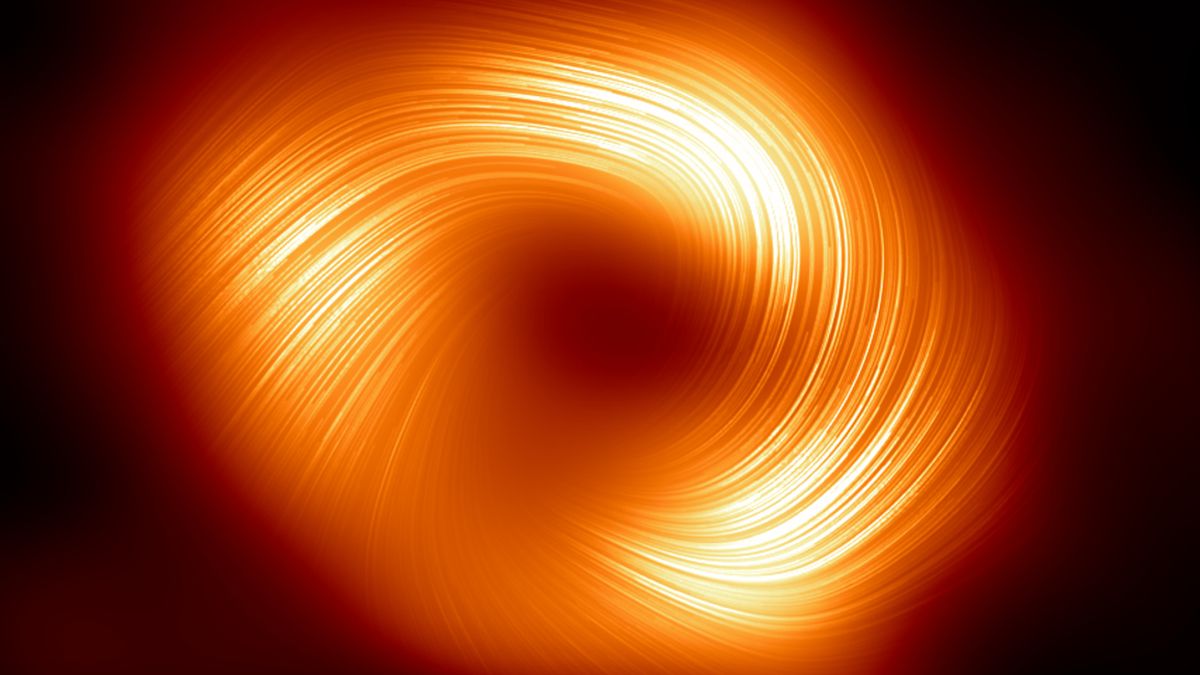
The Future of Black Hole Research
Supermassive black hole mergers are thought to occur when entire galaxies collide, but scientists are still determining how important these events are in black hole growth. While black holes can also expand by feeding on gas and dust, this study reinforces the idea that mergers play a crucial role in their evolution.
To confirm these findings and detect more black hole mergers, astronomers are eagerly awaiting NASA’s and the European Space Agency’s Laser Interferometer Space Antenna (LISA), a space-based gravitational wave observatory set to launch in 2035. LISA will detect the ripples in space-time produced by colliding supermassive black holes, potentially revealing more about the history of our galaxy and others.
This discovery marks a major step forward in understanding how supermassive black holes form and evolve, shedding new light on the Milky Way’s turbulent past.
